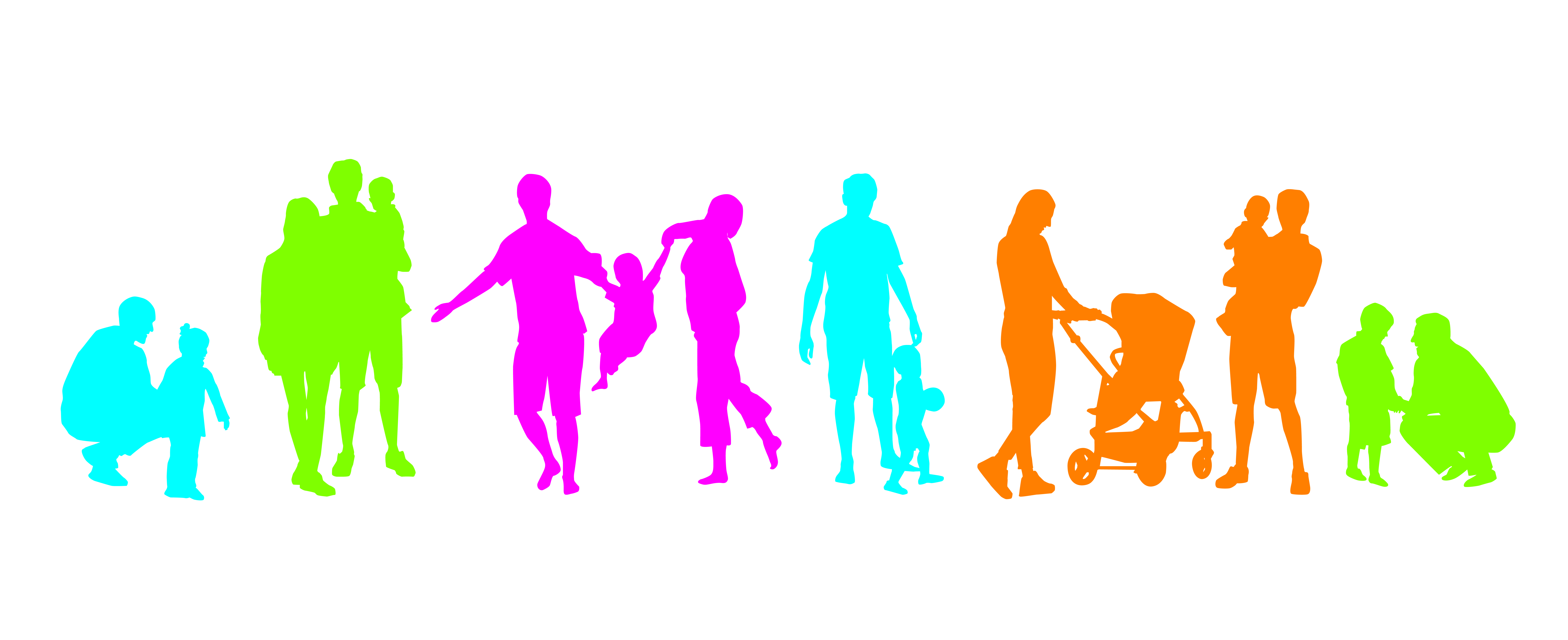News Release
Utah’s fertility rate continues to drop, now fourth highest in the nation
August 1, 2022 (Salt Lake City) – Utah’s declining fertility rate made state headlines in 2016 when it no longer ranked highest in the country. Since then, Utah’s total fertility rate of 1.92 births per woman has declined nationally from highest to fourth highest, with rates in South Dakota (1.98), Nebraska (1.94), and North Dakota (1.93) exceeding Utah’s. The latest figures are summarized in the latest research brief from the Kem C. Gardner Policy Institute, which shows the Beehive State’s decline mirroring a decadal decline in fertility in every U.S. region, state, and Washington, D.C. The Intermountain West and Pacific divisions experienced the sharpest declines.
“Interestingly, the preliminary national birth data for 2021 reveal the U.S. total fertility rate increased for the first time since 2014 and age-specific rates from ages 24-44 also increased,” said Emily Harris, Senior Demographer at the Gardner Institute. “Analysts will continue monitoring fertility data to see if states also experience a rebound in the coming years.”
Key findings from the research brief include the following:
- Declines in every state – The fertility rate declined in all states and divisions over the past decade. • Western region experiences largest declines – The Intermountain West and Pacific divisions’ fertility rates declined the fastest out of all divisions.
- Utah drops from first to fourth – Utah’s fertility rate declined from 2010 to 2020 from highest to fourth highest nationally but remained the highest in the Intermountain West. South Dakota, Nebraska, and North Dakota have higher fertility rates than Utah.
- Utah’s drop ranks seventh fastest – Utah’s fertility rate declined by almost 22%, the seventh fastest decline in the nation.
- Declines in fertility rates from ages 15 to 29 – Every division and region of the country experienced fertility declines in the age groups 15-17, 18-19, 20-24, and 25-29, signaling a decline in teen pregnancies but also in the age groups considered as peak childbearing years.
The full research brief is now available online.
###






